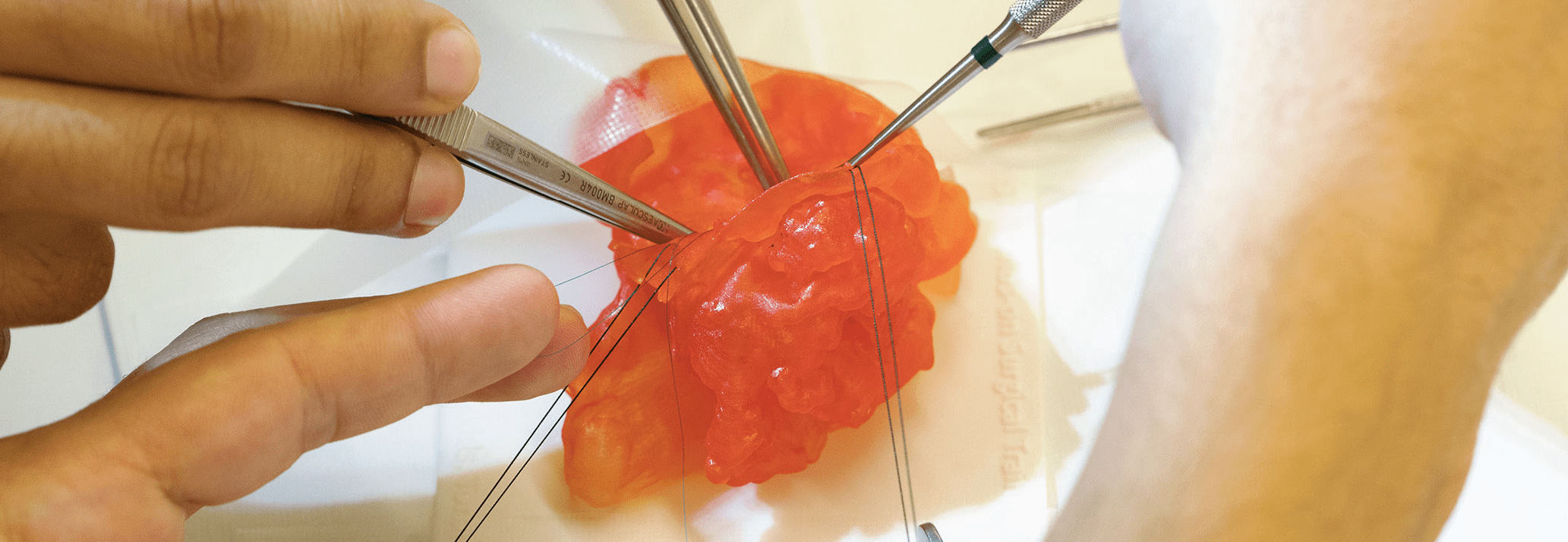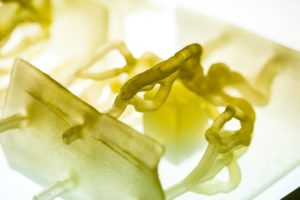Enhancing Training on Rare Pediatric Heart Surgeries at SickKids Hospital in Toronto
Becoming a pediatric heart surgeon takes years of practice, with the most impactful being hands-on learning. With 3D printed models from Stratasys Polyjet 3D printers, you can closely mimic the anatomy of human tissue and enhance the surgical training experience without requiring access to cadavers or animals.
“For the first time in history, we are providing the capability to 3D print clinical scenarios that are problematic and challenging”
Dr. Shi-Joon Yoo
Head, pediatric cardiac imaging, The Hospital for Sick Children
These training scenarios are able to mimic complex pathology which can often be difficult when dealing with more traditional methods of surgical training and can be more effective in preparing surgeons for the complexities that exist with each individual patient. Dr. Glen Van Arsdell, head of cardiovascular surgery at The Hospital for Sick Children (SickKids), in Toronto cites a direct correlation between the volume of practice and outcomes in difficult surgeries.
“These 3D printed models have tremendous value in developing surgeons’ skills…students agreed the 3D printed heart models were tremendously helpful for them.”
Dr. Shi-Joon Yoo
Head, pediatric cardiac imaging, The Hospital for Sick Children
Early 3D printed medical models attempted to bridge this gap in availability and training. The ability to practice in a no-risk setting, on a model closely approximating the human body, gave surgeons the
ability to envision anatomy in three-dimensions. Although helpful, these models still lacked the realism, haptic feedback, and functionality to enable practice in a laboratory setting. Dr. Shi-Joon Yoo,
head of pediatric cardiac imaging at SickKids, became interested in 3D printed medical models some years ago to help enable education and training. He persisted even though one impediment to success remained; most 3D printers were only capable of printing hard materials. According to Yoo, the role of the radiologist is to “provide the precise image information necessary to make the right treatment decision, and then facilitate these procedures.” Scans and images satisfy the first half of his job description; Yoo believes improved 3D printed medical models with soft materials are the answer to the latter
Discover the Power of 3D Printing in Healthcare
We have compiled a range of resources like best practice guides, whitepapers, and e-books.

